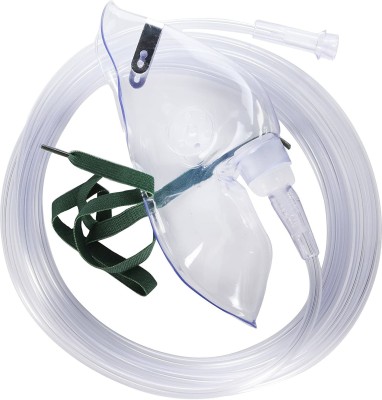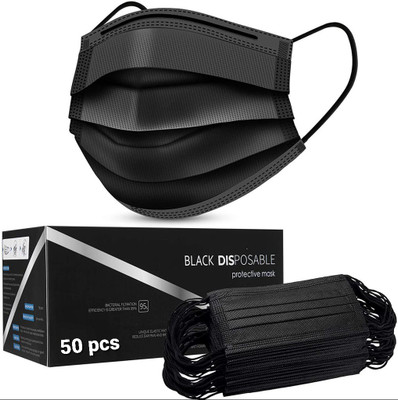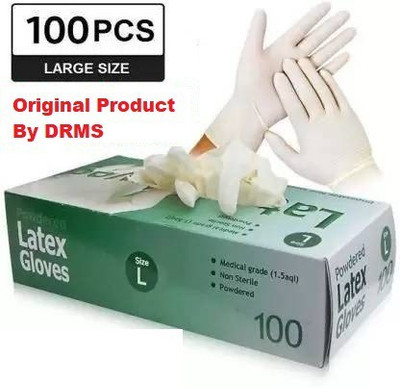
Share
PATA PPE KIT with Full Body Cover Coverall ,Shoe Cover,Gloves,Face mask,Face Shield Safety Jacket (Medical Blue -Pack of 1)
3.4
8 Ratings & 0 Reviews₹163
₹1,499
89% off
Minimum Order Quantity:2
Available offers
T&C
Warranty
NA
Delivery
Check
Enter pincode
Delivery by1 Jun, Sunday|Free
?
if ordered before 11:59 PM
View Details
Services
- NA
- Cash on Delivery available?
Seller
Description
A Personal Protective Equipment (PPE) kit is a specialized set of equipment and clothing designed to protect individuals from exposure to hazardous substances, infections, or other potential health risks in various environments, such as medical facilities, laboratories, industrial settings, or during emergencies like a pandemic. The components of a typical PPE kit can vary depending on the specific needs and risks, but they generally include:
Protective Clothing:
Coveralls or Gowns: These are full-body suits or gowns that provide a barrier against contaminants. They are often made from materials that are impermeable to fluids and particles.
Aprons: Used to protect the front of the body from splashes or contamination.
Head and Face Protection:
Face Shield or Goggles: To protect the eyes and face from splashes, sprays, or airborne particles.
Hoods or Caps: For covering the hair and scalp.
Respiratory Protection:
N95 Respirators or Masks: Designed to filter out airborne particles and provide respiratory protection. Different types of respirators may be used depending on the level of protection required.
Hand Protection:
Gloves: Disposable gloves made from various materials (latex, nitrile, or vinyl) to protect hands from contact with contaminants. Depending on the task, gloves can be sterile or non-sterile.
Foot Protection:
Boot Covers or Shoe Covers: To protect footwear and prevent contamination from shoes.
Miscellaneous Items:
Safety Glasses: Additional eye protection, especially in situations where full face shields may not be necessary.
Ear Plugs or Ear Muffs: For protection against loud noises in certain industrial settings.
Masks (in addition to respirators): Surgical masks or other types of masks may be included for source control, especially in healthcare settings.
Waste Disposal:
Biohazard Bags: Used for safe disposal of contaminated items and materials.
Donning and Doffing Instructions:
Instructions or Guidelines: PPE kits often include instructions on how to properly put on (don) and remove (doff) each component to minimize the risk of self-contamination.
Storage Bag or Container:
Sealable Bag or Container: Used to store used PPE items until they can be properly disposed of or decontaminated.
It's essential to choose the appropriate PPE kit components based on the specific task or environment's hazards. Additionally, proper training and adherence to safety protocols are crucial to ensure that PPE is used correctly to provide effective protection against the identified risks. Incorrect use or improper disposal of PPE can lead to increased risks of exposure.
Read More
Specifications
In The Box
| sales_package |
|
General
| Brand |
|
| Model Number |
|
| Brand Color |
|
| Type |
|
| Color |
|
| Fabric |
|
| Sleeve |
|
| Closure |
|
| Waterproof |
|
| Fire Resistant |
|
| Used For |
|
| Net Quantity |
|
Dimensions
| Length |
|
| Chest |
|
| Other Dimensions |
|
Additional Features
| Other Features |
|
Warranty
| Warranty Summary |
|
| Service Type |
|
| Covered in Warranty |
|
| Not Covered in Warranty |
|
Ratings & Reviews
3.4
★
8 Ratings &
0 Reviews
- 5★
- 4★
- 3★
- 2★
- 1★
- 3
- 2
- 0
- 1
- 2
Have you used this product? Be the first to review!
Be the first to ask about this product
Safe and Secure Payments.Easy returns.100% Authentic products.
Back to top









